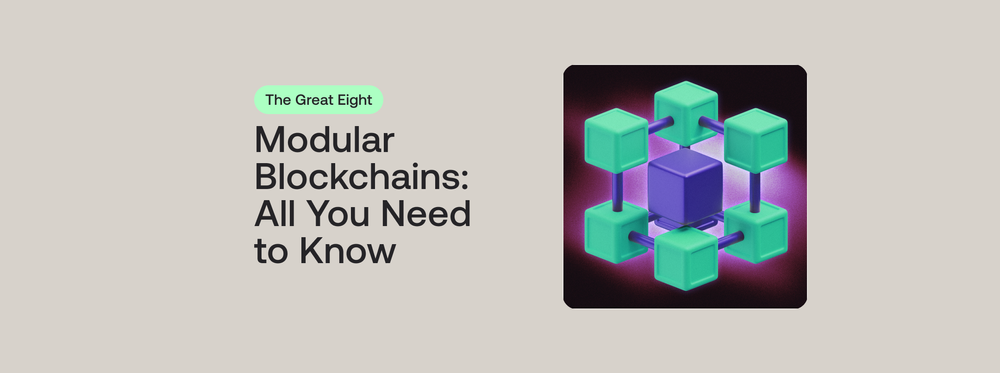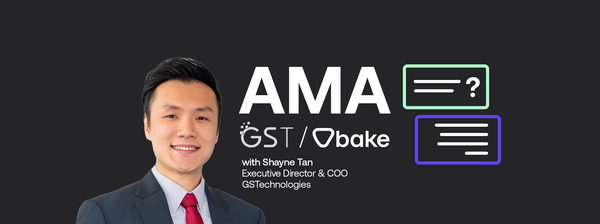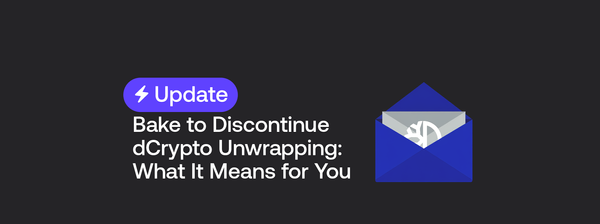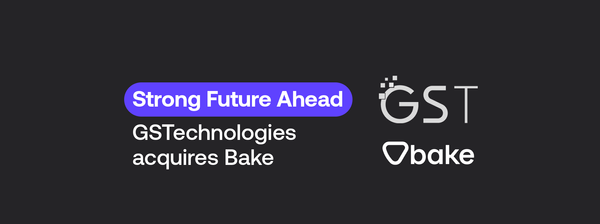Modular Blockchains: All You Need to Know
A modular blockchain is a new type of blockchain architecture. It breaks down the “monolithic” structure of traditional blockchains into separate, specialized layers.
These Monolithic blockchains, like Bitcoin and Ethereum, are responsible for all four major functions of a blockchain: transaction execution, consensus, data availability, and settlement.
This means as a Monolithic blockchain grows, so does the data, making the network slower, transactions more expensive, and the network less practical for innovation and growth.
Modular blockchains look to solve such issues by dividing the four major functions among different layers.
How Do Modular Blockchains Work?
Modular blockchains work by separating the key functions of a blockchain into distinct layers. Each layer is then responsible for a specific aspect of the blockchain's operations.
These layers typically include:
- Execution Layer: Handles the execution of transactions and ensures that only valid transactions are processed.
- Settlement Layer: Provides an environment for execution layers to verify proofs, resolve fraud disputes, and bridge between other execution layers.
- Consensus Layer: Responsible for achieving consensus on the order of transactions.
- Data Availability Layer: Ensures that transaction data is available and can be accessed by network participants.
Most modular blockchains will focus on one or two of these key layers.
For example, Celestia – considered the first modular blockchain — focuses only on the Data Availability and Consensus Layers. It relies on outside networks or solutions built around it for execution and settlement.
Origins of Modular Blockchains
The term “modular blockchain” was first seen in a 2018 academic paper by Mustafa Al-Bassam and Ethereum co-founder Vitalik Buterin.
Al-Bassam then expanded on the concept in his 2019 whitepaper for LazyLedger (later renamed to Celestia).
In this paper, he details a blockchain only used to sort and guarantee the availability of transaction data, and is not responsible for the execution and verification of transactions.
However, these papers are only the origin of Data Availability Layer modular blockchains.
Networks such as Polkadot and Cosmos created modular blockchain systems for the Settlement Layer prior to Al-Bassam’s whitepaper. And rollup solutions such as Arbitrum and Optimism, which launched prior to Celestia, are Execution Layer modular blockchains.
Either way, what we are left with now in 2024 is an array of modular blockchains that cover all four Layers.
Celestia eventually evolved to focus on both the Data Availability and Consensus Layers.
This allows developers to build their own rollup solutions (Execution Layer) and custom blockchains (Settlement layer) on top of the network — combining all four layers without sacrificing security and scalability.
What Problems Do Modular Blockchains Solve?
Modular blockchains are designed to solve blockchain scalability and cost-effectiveness.
These two issues have plagued the space for over a decade, and multiple solutions have been developed to try to solve them.
For example, Ethereum originally planned to use sharding to scale its network. This meant completely overhauling the blockchain and splitting the network into different smaller blockchains.
Due to the enormity of the task, Ethereum’s focus shifted to Layer-2 scaling solutions, such as rollups. These solutions increase scalability by processing transactions off the main chain.
However, rollup solutions, while boosting throughput, didn't always maintain low fees, especially during high-demand periods.
A significant portion of rollup operating costs comes from publishing transaction data to the main Ethereum chain. This occurs due to rollup solutions being a form of modular blockchains themselves — Execution Layer networks, to be specific.
All major rollup solutions on the market are high throughput networks that rely on Ethereum as a Consensus, Settlement, and Data Availability Layer.
Solutions like Celestia further modularize this system by focusing solely on the Data Availability Layer and Consensus Layers.
This gives the “Execution Layer” rollup solutions a more efficient and flexible way to publish transaction data, allowing developers to choose and combine layers that best suit their needs.
Examples of Modular Blockchains
Celestia (TIA)
Celestia is the benchmark in the Modular Blockchain space. It was the first network to modularize the Data Availability Layer of a blockchain, and its founders were the ones to coin the phrase “Modular Blockchain.”
Its specialization in data availability means Celestia is responsible for ordering transactions and ensuring that their data is accessible to everyone on the network.
This separation allows Celestia to focus on optimizing data availability while enabling other layers or networks within its ecosystem to handle execution and validation.
One such innovation within the Celestia ecosystem is the introduction of sovereign rollups. These are specialized rollup blockchains that independently handle their own execution and settlement, and then publish their transactions to Celestia for ordering and data availability.
Other Modular Blockchains
While Data Availability Layer networks like Celestia currently dominate the modular blockchain narrative, the space is not limited to them.
Some other initiatives embracing modularity include:
Ethereum 2.0: Ethereum's upgrade plan includes transitioning to a more modular architecture. This involves implementing sharding, where the network is divided into multiple shards, each capable of processing transactions and smart contracts independently.
Polkadot & Cosmos: These are blockchain platforms that emphasize interoperability and scalability. They allow multiple blockchains to operate independently within a single network, sharing security and communication protocols. This design aligns with the modular concept, where different chains can specialize in various functions yet remain interconnected.
Optimism & Arbitrum: These are Ethereum Layer 2 solutions that use optimistic rollups. They are a typical form of Execution Layer networks that handle transactions off the Ethereum mainnet but utilize its security and data availability.
Starknet: Starknet is another Layer 2 rollup solution for Ethereum. However, unlike other rollup solutions, it utilizes its own innovative “ZK-STARK” proofs which allow for off-chain transaction execution while maintaining data integrity and security.
The Future of Modular Blockchains
The future of Blockchain is looking more and more modular. As modular networks continue to evolve, a new range of decentralized applications (dApps) that take advantage of its highly scalable features will evolve.
This could lead to the creation of advanced decentralized finance (DeFi) apps, real-time blockchain gaming, and everyday apps that utilize blockchain without the user even knowing.
However, while this modular structure promises to be a leap forward in blockchain, it also introduces increased complexity. The issue of further fragmenting the already diverse Layer 2 landscape, could restrict interoperability, complicate user experience, and create security concerns.
For modular blockchains to reach their full potential, significant focus and innovation will be required to address these concerns and optimize user experience.
Invest in the Next Big Narratives
The next bull run may well be dominated by high-potential narratives like Modular Blockchains.
They have the potential to change the industry's view on how a blockchain should work, and change the way we interact with digital assets.
You can invest in Celestia (TIA), the market-leading modular Blockchain, through Bake’s “The Great Eight” Bundle.
The bundle gives you a share in the leading projects for the top 8 narratives of the next bull run, helping to optimize your position for the next market cycle.

DISCLAIMER: Please note that the information on this blog and in any articles posted on this blog is for general information only and should not be relied upon as financial advice. Cake Pte. Ltd., Bake, UAB, and its affiliates (the “Cake Group”) are not licensed financial advisers. You may wish to approach your own independent financial advisor before making any decision to buy, sell or hold any product and/or digital assets mentioned in this blog.
Any views, opinions, references, assertions of fact and/or other statements are not necessarily the views held by the Cake Group. The Cake Group disclaims any liability whatsoever that may arise out of or in connection with such statements. Always do your own research before investing in any financial assets and consult a qualified financial advisor if necessary.




